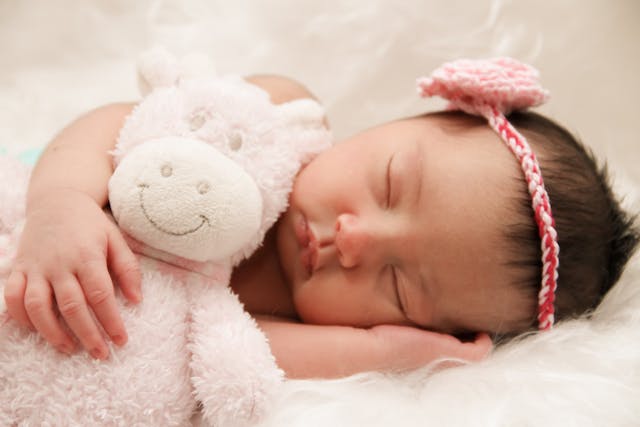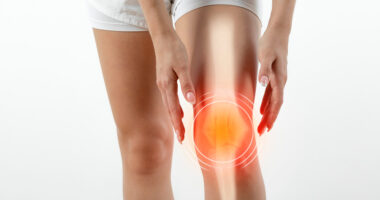Ensuring your baby gets safe and restful sleep is one of the most important aspects of newborn care. Proper sleep not only supports your baby’s growth and development but also significantly reduces the risk of Sudden Infant Death Syndrome (SIDS). This blog provides comprehensive, SEO-friendly tips to help parents create a safe sleep environment for their babies.
Understanding the Importance of Safe Sleep
Safe sleep practices are crucial because they protect babies from potential dangers during sleep. Following these guidelines helps minimize risks and ensures your baby sleeps soundly and securely.
- Back to Sleep
When putting your baby down to sleep, whether it’s for naps or at night, remember to always place them on their back. This simple practice significantly helps lower the risk of Sudden Infant Death Syndrome (SIDS). Once your baby can roll over independently, they can sleep in the position they prefer, but always start with placing them on their back.
- Use a Firm Sleep Surface
Your baby should sleep on a firm mattress covered with a fitted sheet. Avoid using soft surfaces like couches, armchairs, or adult beds for baby sleep. A firm mattress supports your baby’s spine and reduces the risk of suffocation.
- Keep the Sleep Area Free of Soft Items
Ensure the crib or bassinet is free from pillows, blankets, stuffed animals, and bumper pads. These items can pose a suffocation hazard. Instead, dress your baby in a one-piece sleeper or use a wearable blanket to keep them warm without the need for loose bedding.
- Room Sharing Without Bed-Sharing
It is recommended to share a room with your baby for at least the first six months but avoid bed-sharing. Having your baby sleep in a crib or bassinet in your room reduces the risk of SIDS by up to 50% and makes nighttime feeding and comforting easier.
- Optimal Room Temperature
Make sure to keep the room at a comfortable temperature to keep your baby cozy and avoid overheating. The ideal room temperature for a baby’s sleep is between 68°F and 72°F (20°C to 22°C). Overheating significantly increases the risk of SIDS.
- Use a Pacifier
Remember to offer a pacifier during nap time and bedtime to help reduce the risk of SIDS. If your baby is breastfed, wait until breastfeeding is well established (usually around 3-4 weeks) before introducing a pacifier. You can leave the pacifier out if it falls during sleep, there’s no need to put it back in.
- Avoid Smoke Exposure
Exposure to smoke, both during pregnancy and after birth, significantly raises the risk of Sudden Infant Death Syndrome (SIDS). Ensure your baby’s sleep environment is smoke-free. If you smoke, seek help to quit and always smoke outside, away from your baby.
- Breastfeeding Benefits
Breastfeeding your baby lowers the risk of SIDS. Try to breastfeed exclusively for at least the first six months. Breastfeeding has numerous health benefits for both the baby and the mother.
- Routine and Consistency
It’s crucial to establish a consistent sleep routine to help your baby recognize sleep cues and settle down easily. A calming pre-sleep routine should include a warm bath, gentle rocking, or reading a book.
- Regular Check-Ups
Ensure your baby attends regular pediatric check-ups. These visits allow your paediatrician to monitor your baby’s growth and development and provide guidance on safe sleep practices tailored to your baby’s needs.

Creating a Safe Sleep Environment: Key Takeaways
- Back to Sleep: Always place your baby on their back.
- Firm Sleep Surface: Use a firm mattress and fitted sheet.
- Clutter-Free Crib: Keep the sleep area free of soft items.
- Room Sharing: Share a room without bed-sharing.
- Comfortable Temperature: Maintain a safe room temperature.
- Pacifier Use: Offer a pacifier at sleep times.
- No Smoke Exposure: Ensure a smoke-free environment.
- Breastfeed: Breastfeeding reduces SIDS risk.
- Sleep Routine: Establish and maintain a consistent routine.
- Health Monitoring: Regular pediatric visits are essential.
Conclusion
Creating a safe sleep environment for your baby is essential for their health and peace of mind. By following these safe sleep tips, you can significantly reduce the risks associated with infant sleep and ensure your baby gets the rest they need to grow and thrive. Remember, a safe sleep environment is a cornerstone of healthy baby development, so prioritize these practices to give your baby the best start in life.









